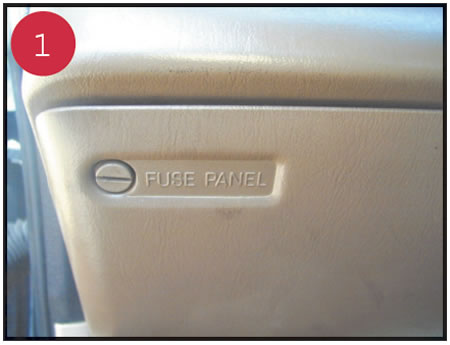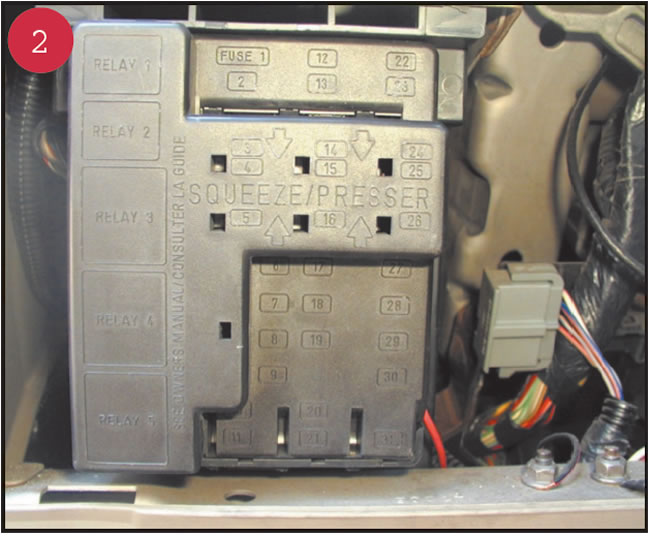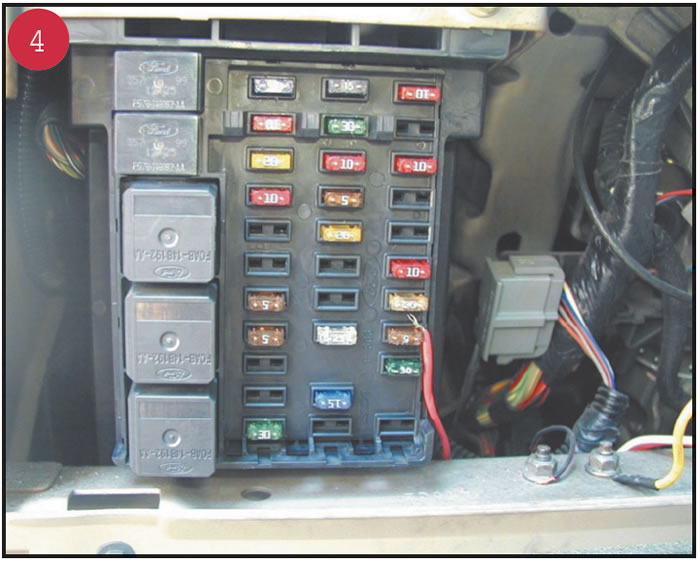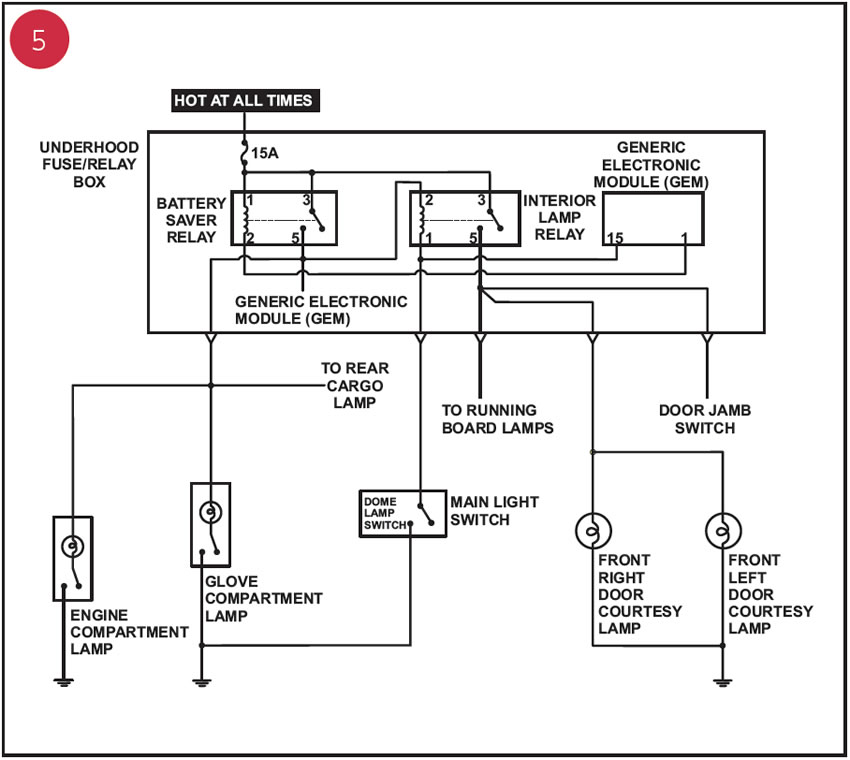
Technically Speaking
- Author: Pete Luban
Sometimes a problem with a vehicle requires quite a bit of diagnostic head scratching, at the end of which you finally find what is causing the problem.
You’re certainly happy to have this problem child out of your hair, but at the same time you have absolutely no logical explanation as to what the component you replaced had to do with the problem it caused. This is one of those stories.
A 1997 Ford F-150 4×4 equipped with the 4R70W transmission came into a shop with a “late-shift” condition. You might think by the way it drives that the problem is with the throttle-position sensor (TPS) – NOT!
In addition to the late-shift complaint, the technician noticed during the test drive that the speedometer was not working.
The next logical step the technician took was to scan for codes, retrieving PCM (powertrain control module) codes P0500, loss of vehicle-speed-sensor (VSS) signal; and P0503, intermittent loss of VSS signal. The scan-tool’s data list also indicated no VSS signal present.
The diagnostic technician in this shop is pretty sharp and is therefore thorough in her diagnostic procedure, which prompted her to scan other systems.
Scanning the generic electronic module (GEM) showed that code P0500, “VSS signal not detected for 21 ignition cycles,” was stored. No other codes were stored anywhere.
A check of the VSS indicated that the correct signal was present and it was getting to the PCM.
So now what do you do – replace the PCM or the GEM, or is it a wiring problem?
These are all logical questions, but I’ll tell you right now that it’s none of these. I’ll also tell you that all other PCM and GEM functions operated normally.
So let’s get to the end of this mystery. While the technician was sitting in the truck with the key on and the engine off, reviewing the data list in the event that she had missed something, she heard a fluttering noise coming from under the driver’s side of the dash.
Upon further inspection, the noise seemed to be coming from the fuse box there. She removed the lower trim panel (see Figure 1), exposing the fuse box (see Figure 2).


The technician also removed the fuse-box cover to gain access to the fuses (see Figure 3), and guess what – there are relays in there, too.

The relay indicated in Figure 4 – the “battery saver relay” – was the source of the noise. The relay above it, the “interior lighting relay,” is identical and can be switched with the battery-saver relay.

Once she switched the positions of these two relays, the speedometer began working, the late-shift complaint disappeared and all the VSS codes were cleared successfully – simply amazing!
What I did notice is this. In the partial wire diagram in Figure 5, note that the battery-saver relay and the interior-lamp relay share a common circuit and that both are connected to the GEM. This, in itself, does not explain why the faulty battery-saver relay caused VSS-signal problems and no speedometer operation. Also notice that the interior-lamp relay has connections to the GEM, the battery-saver relay, the interior-lamp relay, interior lamps, rear cargo lamps and the running-board lamps. Patience, we’re getting there.

The GEM will illuminate the interior lights, which include the previously mentioned lamps, and will turn them off when the door is closed and when (this is the key) vehicle speed is greater than 5 mph (8 km/h). The interior lamps will not automatically turn on again until vehicle speed is less than 3 mph (5km/h). The GEM controls these features by applying ground to the interior-lamp relay. So the GEM is using the VSS signal to control interior lighting.
The battery-saver relay controls the interior-lamp relay, which in turn controls the interior lamps, underhood lamp, glove-box lamp, accessory-delay relay and the vanity-mirror lamps.
Why did the faulty battery-saver relay cause the loss of VSS signal, no speedometer operation and the late-shift complaint without affecting anything else?
I’ll answer that question by asking a question: “What in the world does a faulty manual-lever-position sensor have to do with the radio not working properly? (It’s a Ford thing.)
I don’t know; I’m just a transmission guy.
Many thanks to Diane at Cotton’s Transmission in LaGrange, GA. Great job of nailing this one.
Until next time.

Pete Luban is a technical consultant for the Automatic Transmission Service Group (ATSG) and a frequent contributor to Transmission Digest.













